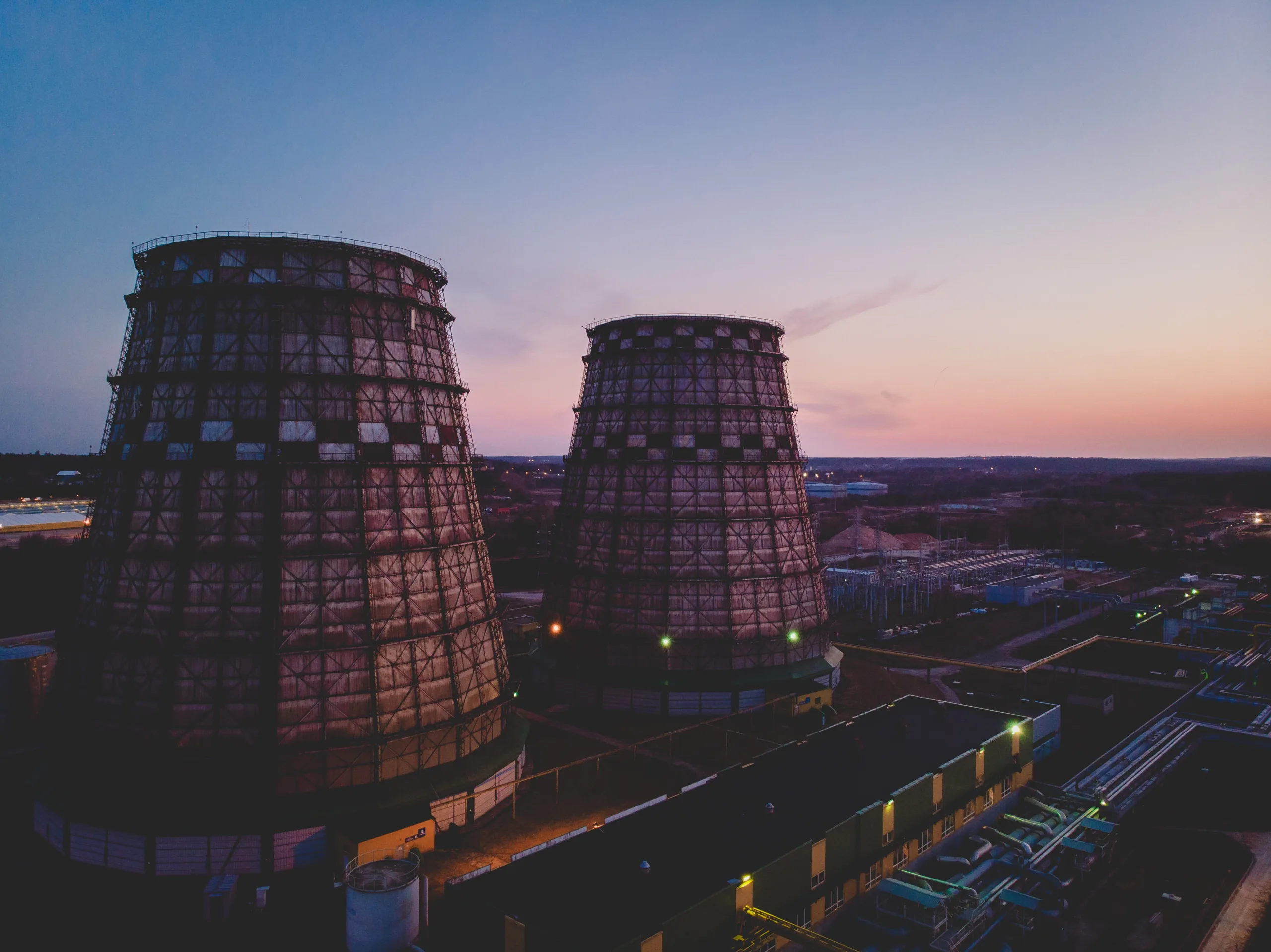- Brookfield Asset Management plans to invest up to $5B to deploy Bloom Energy’s fuel cell systems, marking its first major investment in AI infrastructure.
- Bloom’s fuel cells offer off-grid, on-site power and are compatible with natural gas, biogas, or hydrogen—making them attractive to AI companies facing grid limitations.
- The two companies will co-develop “AI factories” worldwide, starting with a European site expected to be unveiled by the end of the year.
- Shares of Bloom Energy rose over 20% following the announcement, highlighting investor optimism around its role in AI-driven infrastructure growth.
A Power Play For AI
Bloom Energy saw its stock price soar Monday, reports CNBC. The jump followed the announcement of a multi-billion-dollar partnership with Brookfield Asset Management. The deal is aimed at building out AI data centers using Bloom’s clean energy technology.
Brookfield manages over $850B in assets. The firm will invest up to $5B to deploy Bloom’s fuel-flexible fuel cells. These cells can operate on natural gas, biogas, or hydrogen. The goal is to help power a growing wave of artificial intelligence data infrastructure.
The deal marks Brookfield’s first major move in its new initiative to build the power and compute backbone for the AI industry. The sector is facing increasing constraints from the aging US electric grid.
Off-Grid And On Demand
A key advantage of Bloom’s technology is its ability to generate on-site power. It does not rely on utility grids. This feature is increasingly attractive to AI companies. Many of them have massive power needs and little patience for grid expansion timelines.
Bloom and Brookfield are actively developing a global network of “AI factories,” starting with a site in Europe set to be announced later this year. These projects aim to deliver power “behind-the-meter,” offering speed and scalability that grid-based solutions can’t match.
Bloom already has experience in the data center space, having partnered with American Electric Power, Oracle, and Equinix to deploy hundreds of megawatts of fuel cell capacity.
Get Smarter about what matters in CRE
Stay ahead of trends in commercial real estate with CRE Daily – the free newsletter delivering everything you need to start your day in just 5-minutes
Why It Matters
A key advantage of Bloom’s technology is its ability to generate on-site power. It does not rely on utility grids. This feature is increasingly attractive to AI companies. Many of them have massive power needs and little patience for grid expansion timelines.
But the existing power grid can’t keep up, and upgrades are slow. Self-powered, modular solutions like Bloom’s provide a viable workaround—fueling both physical infrastructure and investor enthusiasm.
Brookfield’s global head of AI infrastructure, Sikander Rashid, emphasized that off-grid power is “essential” to closing the power supply gap for AI. Bloom Energy CEO KR Sridhar echoed that sentiment. He emphasized that AI infrastructure should be built like a factory—with purpose, speed, and scale.
What’s Next
With pressure mounting to deliver new data centers quickly, more AI infrastructure players are actively shifting their strategies. Many will look beyond traditional utilities. Instead, they will turn to off-grid, scalable energy options.
Bloom Energy’s deal with Brookfield may just be the beginning. As AI demand accelerates, energy innovation is becoming just as important as AI model training itself.

















